Research Research Highlights
Research Highlights
Research Highlights
Research Highlights
Research Highlights 미리보기
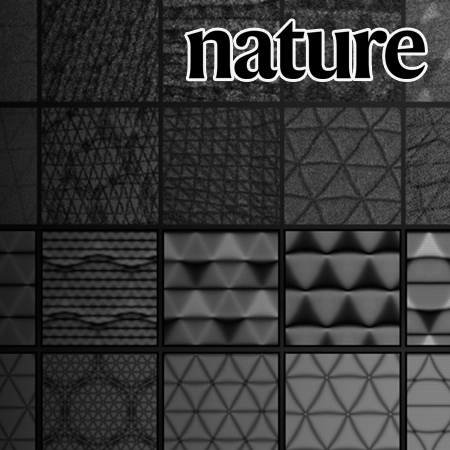
Professor Hyobin Yoo’s Research Team at SNU Develops 2D Quantum Material Platform Using Moiré Lattice Superposition
Prof. Hyobin Yoo
Seoul National University College of Engineering has announced that a joint research team led by Professor Hyobin Yoo from the Department of Materials Science and Engineering, in collaboration with Professor Young-Woo Son (Korea Institute for Advanced Study) and Professor Changwon Park (Ewha Womans University), has successfully developed a two-dimensional (2D) quantum material platform through the superposition of moiré lattices.
Research Highlights Board
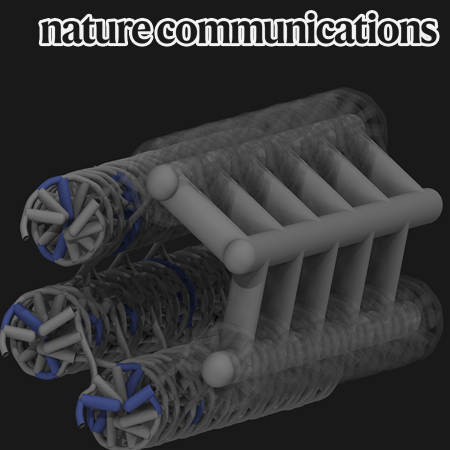
Development of Technology to Predict the Deformation of DNA Origami Structures Induced by DNA-Binding Molecules
Prof. Do-Nyun Kim
Chemo-mechanical deformation of structured DNA assemblies driven by DNA-binding ligands has offered promising avenues for biological and therapeutic applications.
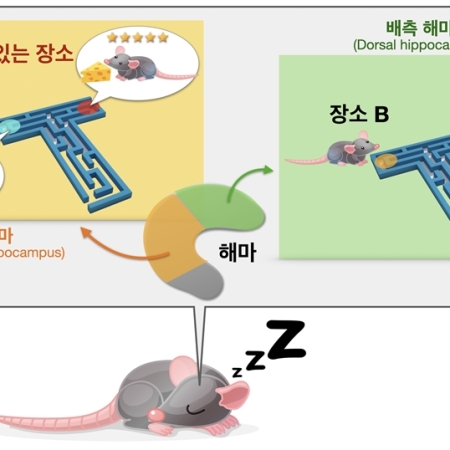
Selective reactivation of value- and place-dependent information during sharp-wave ripples in the intermediate and dorsal hippocampus
Prof. Inah Lee
Professor Lee’s research team from Seoul National University has revealed the unique role of the intermediate hippocampus in reactivating the memories of places with their relative values, through recording place cells in freely moving rats performing a memory task.
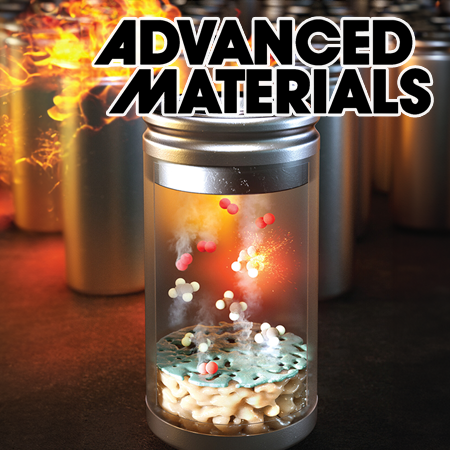
Thermal Runaway Mechanism in Ni-Rich Cathode Full Cells of Lithium-Ion Batteries: The Role of Multidirectional Crosstalk
Prof. Jongwoo Lim
Professor Jongwoo Lim's research team from the Department of Chemistry at SNU explored the fundamental causes of temperature surges during thermal runaway in lithium-ion battery full cells. The article identified intermediates that create a self-amplifying loop via multidirectional crosstalk between the battery electrodes.
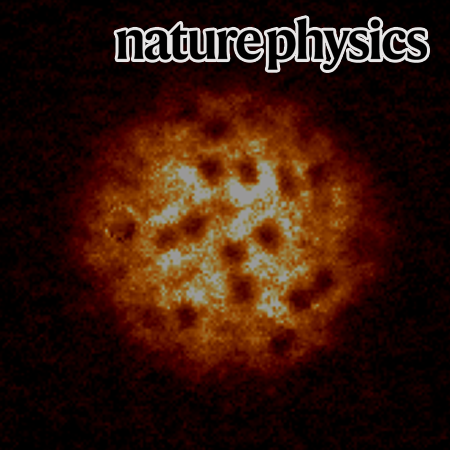
Universal Kibble-Zurek scaling in an atomic Fermi superfluid
Prof. Yong-il Shin
The Kibble–Zurek mechanism is a theoretical framework that describes the formation and scaling of topological defects in symmetry-breaking phase transitions.
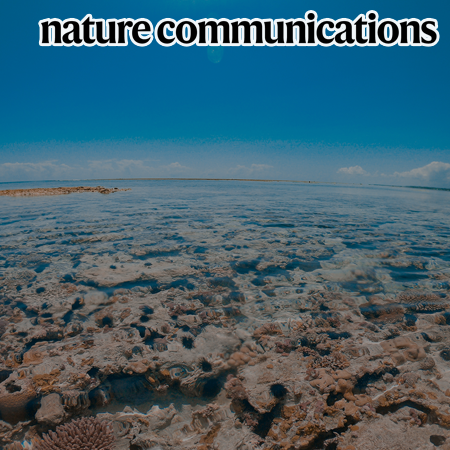
Deep ocean warming-induced El Niño changes
Prof. Jong-Seong Kug
The deep ocean, a vast thermal reservoir, absorbs excess heat under greenhouse warming, which ultimately regulates the Earth’s surface climate.
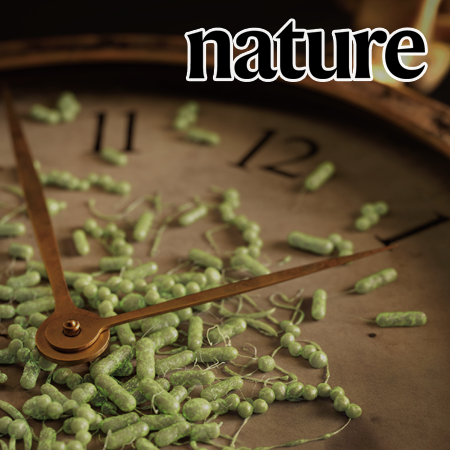
Significantly Reduces Sepsis Mortality Rate Without Blood Culture
Professor Sunghoon Kwon
A collaborative research team led by Professor Kwon Sunghoon of the Department of Electrical and Computer Engineering at Seoul National University (SNU), along with Professors Park Wan-beom and Kim Inho of Seoul National University Hospital and QuantaMatrix Inc., has opened a new path to significantly improve the survival rate of sepsis patients, who have a mortality rate exceeding 40%.

SigAlign: an alignment algorithm guided by explicit similarity criteria
Prof. Joohon Sung
Professor Joohon Sung from the Graduate School of Public Health and the Interdisciplinary Program in Bioinformatics at Seoul National University, along with Ph.D. candidate Kunhyung Bahk from the same Bioinformatics program, have presented a new algorithm for genome analysis.
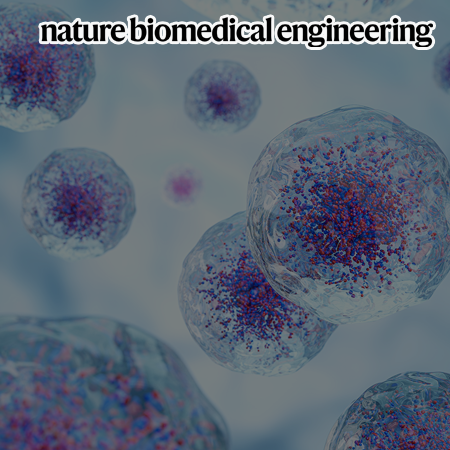
Profiling protein-protein interactions to predict the efficacy of B-cell-lymphoma-2-homology-3 mimetics for acute myeloid leukaemia
Prof. Tae-Young Yoon
B-cell-lymphoma-2 (BCL2) homology-3 (BH3) mimetics are inhibitors of protein–protein interactions (PPIs) that saturate anti-apoptotic proteins in the BCL2 family to induce apoptosis in cancer cells.
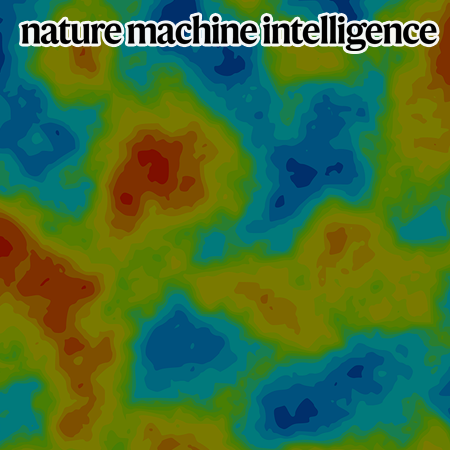
Partial-convolution-implemented generative adversarial network for global oceanic data assimilation
Prof. Yoo-Geun Ham
The oceanic data assimilation (DA) system, essential for understanding and forecasting global climate variabilities, blends prior information from numerical models with observed data to create the best possible estimates and their uncertainties of oceanic conditions.

Persistent global greening over the last four decades using novel long-term vegetation index data with enhanced temporal consistency
Prof. Ryu, Youngryel
Advanced Very High-Resolution Radiometer (AVHRR) satellite observations have provided the longest global daily records from 1980s, but the remaining temporal inconsistency in vegetation index datasets has hindered reliable assessment of vegetation greenness trends
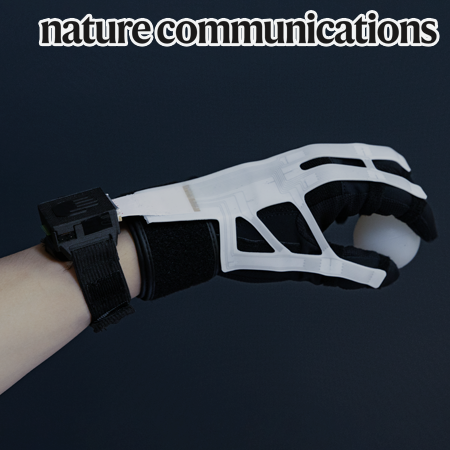
Professor Yong-Lae Park's Team at Seoul National University Develops Stretchable Glove for Precise Hand Motion Detection
Prof. Yong-Lae Park
A research team led by Professor Yong-Lae Park from the Department of Mechanical Engineering at Seoul National University has developed a stretchable glove capable of accurately estimating finger bone lengths and joint angles.
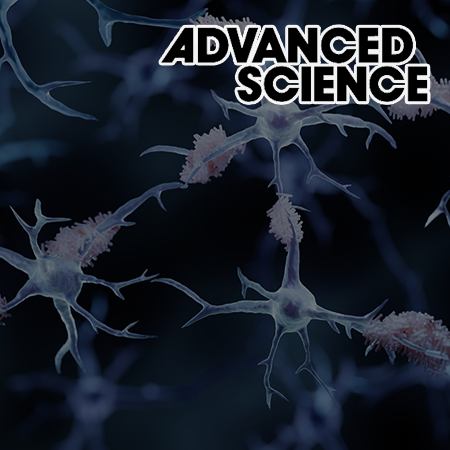
Microglia gravitate toward amyloid plaques surrounded by externalized phosphatidylserine via TREM2
Prof. Inhee Mook-Jung
Microglia play a critical role as immune cells in the pathological regions of neurodegenerative diseases such as Alzheimer's disease (AD). This study elucidates that TREM2, present on the surface of microglia, recognizes and clears beta-amyloid associated with externalized phosphatidylserine (ePtdSer) during AD progression.

